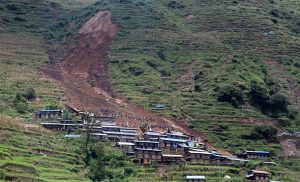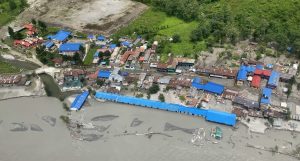
Despite his rush to fly to Sharm El-Sheikh of Egypt to attend the 27th meeting of the Conference of the Parties of the UNFCCC (COP27), also known as the United Nations Climate Change Conference, Bimal Regmi, a climate change expert, managed time to go through the election manifestoes of major political parties.
Regmi says he, like scores, also does not believe the parties will implement their pre-election commitments, yet he does not think the time he spent reading the manifestoes went to waste.
“If not encouraging and exciting, they have given satisfactory space to climate change in the manifestoes,” Regmi told Onlinekhabar over the telephone from Sharm El-Sheikh, “In the past, you could rarely find ‘climate’ as a word in their election manifestoes as it would be mixed up with other environmental issues. But, this time, they have clearly identified the issue.”
If you look back to two manifestoes issued by the three biggest parties for the parliamentary elections in 2017, climate change appears to be distant from their responsibilities. The manifesto of the left alliance of the CPN-UML and CPN-Maoist Centre, which won the elections, mentioned ‘climate’ once under the title of Conserving Natural Heritage and Environment. The Nepali Congress mentioned Climate Change along with Environmental Conversation, but it lacked any measurable outcomes.
This time, the story is different. Climate change appears in the titles of subject matters that the CPN-UML and the Nepali Congress have listed to express their commitments. In addition, some of the goals they have set are specific and measurable. The Maoist Centre does not have ‘climate’ in any of the titles, yet, it has given enough space to the topic. The party has even managed to talk about the ongoing COP27 in the manifesto. Small parties have also given some space to climate change.
“I don’t believe in these manifestoes as what the parties say or write does not match with what they do,” climate change activist Raju Pandit Chhetri says, “But, if you forget that, whatever the parties have written this time are not bad at all.”
Other stakeholders agree with him. They are okay with the promises and now await their implementation.
Big talks of big parties
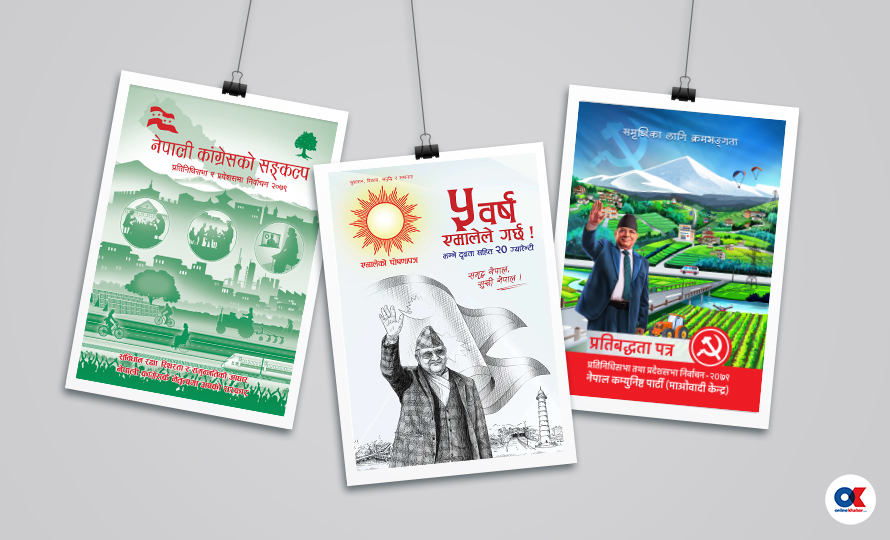
The big parties have connected climate change with forest conservation, clean energy, pollution control and disaster risk management. As managing finances for climate adaptation and mitigation has been one of the major challenges for Nepal, the parties have also spent some words on addressing that concern.
Without setting a time limit, the CPN-UML has vowed to prepare a strategy to increase Nepal’s forest cover to 45 per cent of the total area. It means the opposition party has endorsed Prime Minister Sher Bahadur Deuba’s announcement during the COP26 last year that Nepal would increase the forest cover to 45 per cent by 2030.
Apparently, for the opposition party that aspires to lead the next government post-elections, endorsing the government’s international commitment can be one of the most prudent promises it can make. But, Prime Minister Deuba’s Nepali Congress has come one step forward and vowed to increase the forest cover to 47 per cent in the next five years.
Another major promise that Deuba made during the climate summit last year was achieving net zero by 2045. Whereas his party has vowed in its election manifesto to begin the road map of a green economy, ultimately reaching net zero, the UML and the Maoist Centre are silent.
Among major national parties, the Nepali Congress has become the smartest one in presenting its climate promises in a clear and measurable way. Except for its 20 “guarantees”, the UML manifesto uses bulky paragraphs whereas the Maoist Centre looks uninformed of Nepa’s international obligations and promises. But, the Nepali Congress has tried to present everything in points and numbers.
For example, the UML has repeated the promotion of electric vehicles many times while it has failed to quantify this. Instead, the Nepali Congress talks little yet clearly says it wants to increase the use of electric vehicles and stoves to 50 per cent in the next five years.
“These targets are not only specific and measurable but also achievable if the political leadership is committed,” Regmi says. Likewise, Chhetri adds the overall impression of the parties in terms of net zero, electric vehicles and climate-smart agriculture is positive. “If they are to be implemented, they, of course, will do something good.”

Disaster risk reduction and management are not missing in any of the manifestoes. The UML has included regular duties such as vulnerable area identification and mapping as well as post-disaster rescue and relief also in its manifesto.
The Nepali Congress has stressed using local construction technologies and materials to prevent floods and erosions. The Maoist Centre is focused on providing ample resources including the workforce for disaster risk reduction and management. It also talks about strengthening the early warning systems.
“Disaster should always be a priority in Nepal and the parties have understood it well,” Regmi says, “But, most of their commitments, sadly, are traditional and they do not hold the strength to transform the system.”
While the Maoist Centre appears to be weak in comparison to the UML and the Nepali Congress in the overall presentation of the climate change agenda, it nonetheless has some impressive plans that other parties missed. For example, it vows to provide grants and other assistance to individuals and community groups that practise exemplary climate adaptation models at the local level. It has also talked about connecting climate financing to the local level.
“It is because the public today is also aware of climate change concerns. The parties cannot win votes just by promising electricity, roads and bridges as they could in the past,” climate activist Shreya KC says, “The parties know they must address climate crisis to connect themselves to the young population.”
The CPN-Unified Socialist appears weaker than the Nepali Congress and the Maoist Centre in raising climate issues in the manifesto. Nevertheless, it also talks about disaster risk reduction and management, resilience, utilisation and conservation of natural resources as well as climate adaptation at the local level.
The resolutions open to ridicule
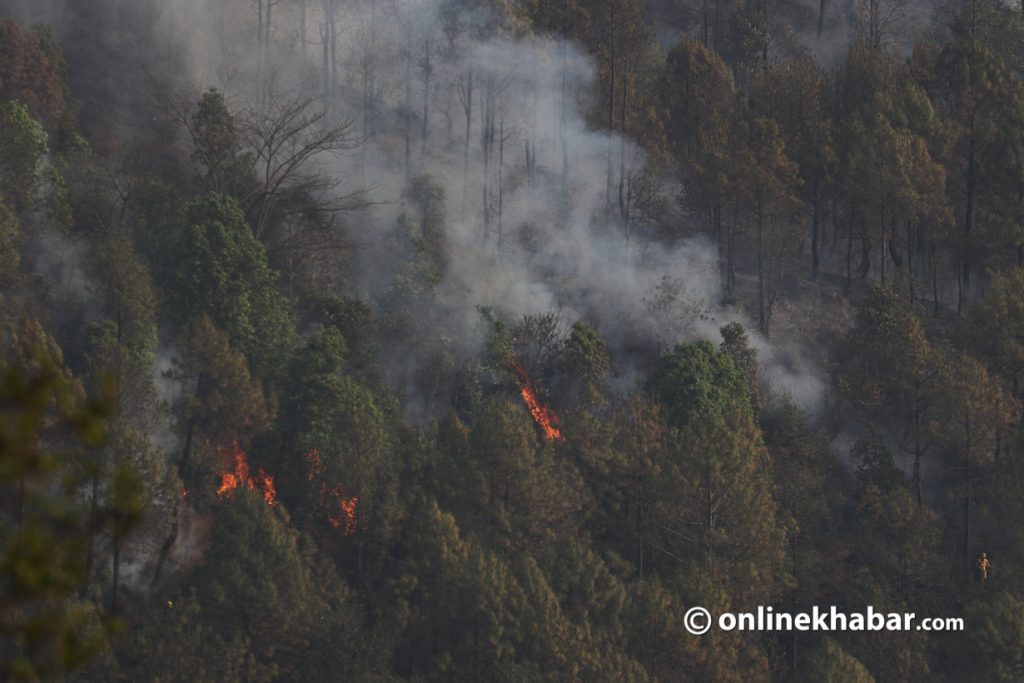
But, there is not everything to be hopeful about. The parties have failed to meet stakeholders’ expectations in some crucial concerns.
While stakeholders are virtually divided over the $100-million loan agreement signed between the government and the World Bank with most of the stakeholders opposing the deal, Prime Minister Deuba’s Nepali Congress party has said it would make efforts for both concessional loans and grants for climate financing.
“It could have just said ‘finances’ instead of specifying the categories. Also, it didn’t understand that grants and loans are not the only instruments of climate funds available,” says activist Chhetri.
All parties are on the same page regarding the need to make climate change and climate finance a matter of diplomacy and international lobbying. They also talk about internationalising issues regarding mountainous climate. Yet, the parties are not clear about how that can be done, says Buddhi Sagar Poudel, the chief of the Climate Change Management Division at the Ministry of Forests and Environment.
“It seems they didn’t have any clear direction about Nepal’s international agenda about loss and damage and climate compensation. It would have been better if they had discussed all these issues with the stakeholders before drafting the manifesto because the manifestoes would guide their government’s policy and programme tomorrow.”

But, the parties seem quite distant from such concerns. The Maoist Centre has even dared to lay itself open to ridicule by mentioning the ongoing COP27, which would be over two days before the voting in Nepal, on its election agenda. The party has said Nepal would make efforts to develop a common strategy for mountainous countries during the COP.
It seems the party does not know that most of the Nepali delegates to the climate change conference had already left the country before it made the manifesto public. Nor did it understand that Nepal’s participation in the COP this time is just nominal, given all stakeholders’ focus on the general elections being held in the next two weeks.
It is noted here that Prime Minister Sher Bahadur Deuba, who himself leads the Environment Ministry after firing Minister Pradeep Yadav over the coalition conflicts, has sent his women’s and children’s minister, Uma Regmi, to lead the delegation. While the participation of a minister from an unrelated portfolio makes the Nepali delegation weak in Sharm El-Sheikh, she is not staying there through the conference either. “In this context, a party mentioning the pre-election COP in the election manifesto is just ridiculous,” a commentator says.
Big dreams of small parties
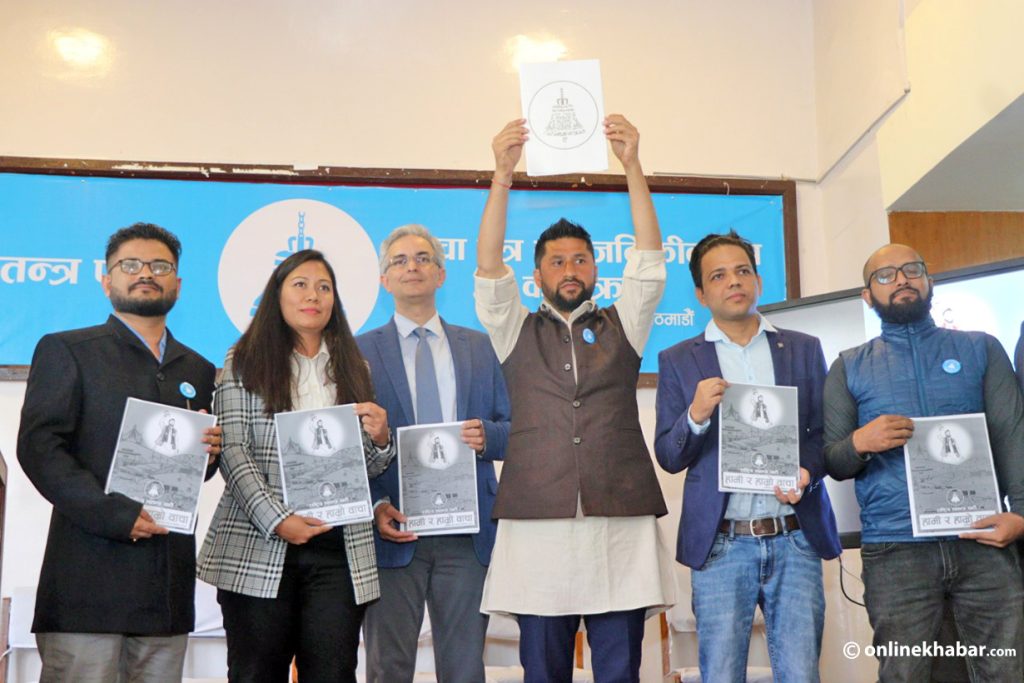
But, overall, the big parties’ commitments to addressing climate change concerns this time are positive, comments Chhetri. “It also means that other smaller parties can learn from the biggies tomorrow. If implemented, these manifestoes hence will hold long-term significance.”
But, small parties have already learnt the importance of climate change in the modern world. In Regmi’s observation, Baburam Bhattarai-led Nepal Samajbadi Party and Rajendra Lingden-led Rastriya Prajatantra Party have also made encouraging promises regarding climate change. “It seems no one is weaker than their competitors when it comes to writing about climate.”
Probably because climate scientist Arnico Panday led the drafting of the manifesto of Rabi Lamichhane-led Rastriya Swatantra Party, climate change is a priority there too. The argument that Nepal should receive compensation from the international community for the climate crisis here, an issue that even major parties failed to raise, has received priority in the Swatantra Party’s manifesto. Nonetheless, its promises do not look measurable.
Upendra Yadav-led Janata Samajbadi Party Nepal, still known to be a Madhesh-centric party among the general public despite it being a national party legally, nonetheless, has failed to raise climate change in its manifesto clearly.
Will they walk the talk?
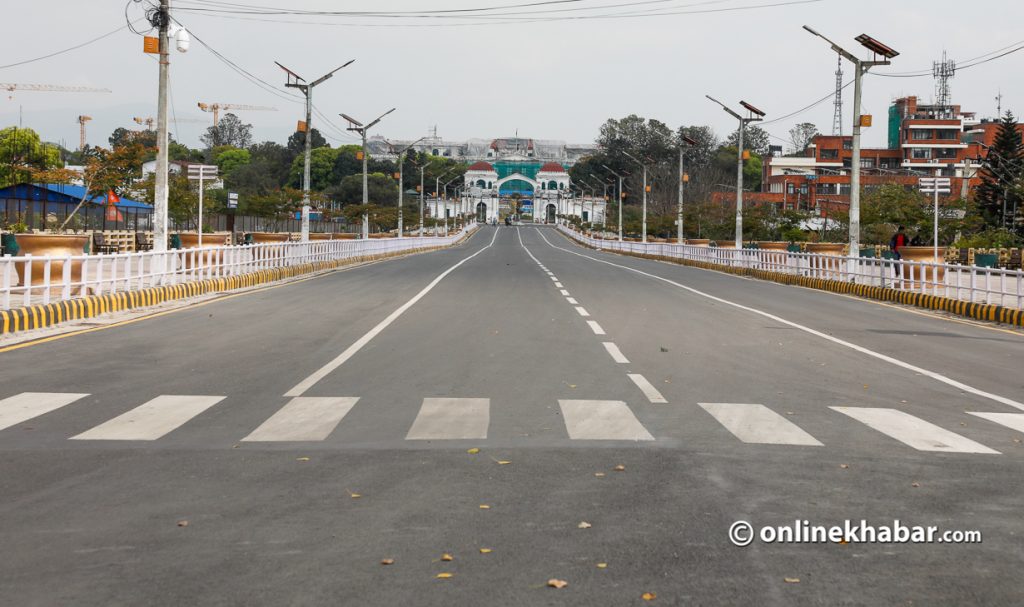
It’s always easier said than done. While the parties appear confident in talking the talk, will they keep the promises?
Many people doubt.
“These manifestoes are all formality. If the elections had not coincided with the COP,” a critical Chhetri says, “I don’t think the parties would have talked about climate change with such significance in their manifestoes.”
Meanwhile, Regmi believes the parties do not have clear strategies to implement their promises. “The problem is so deep that hundreds of people die every day. It’s a bitter truth that the parties couldn’t show the same level of sensitivity in them. These promises are not tangible.”
Chhetri, on the other hand, thinks the parties have failed to mainstream climate change. “They have talked about reducing carbon emission while they also focus on multiplying employment opportunities on the other,” Chhetri says, “But, you need to understand that creating employment opportunities needs more factories that emit carbon. How you can reduce carbon emission, by using electricity maybe, is missing there.”
But, there is no alternative to addressing climate concerns, says KC. “Whichever party can express itself more clearly about climate change and sustainable development can claim itself to be going beyond immediate petty benefits and looking forward to long-term development. The political leadership must realise this.”








